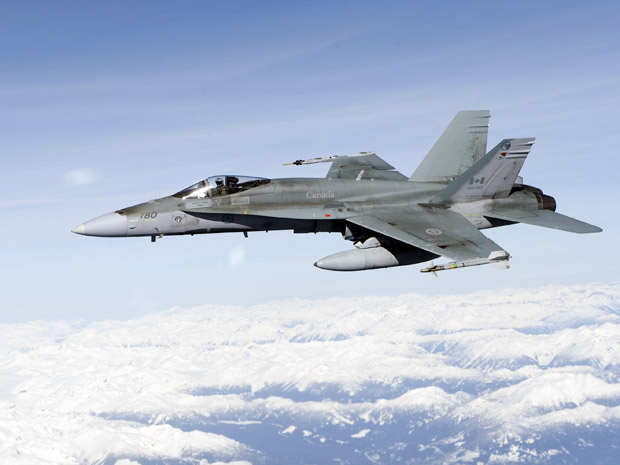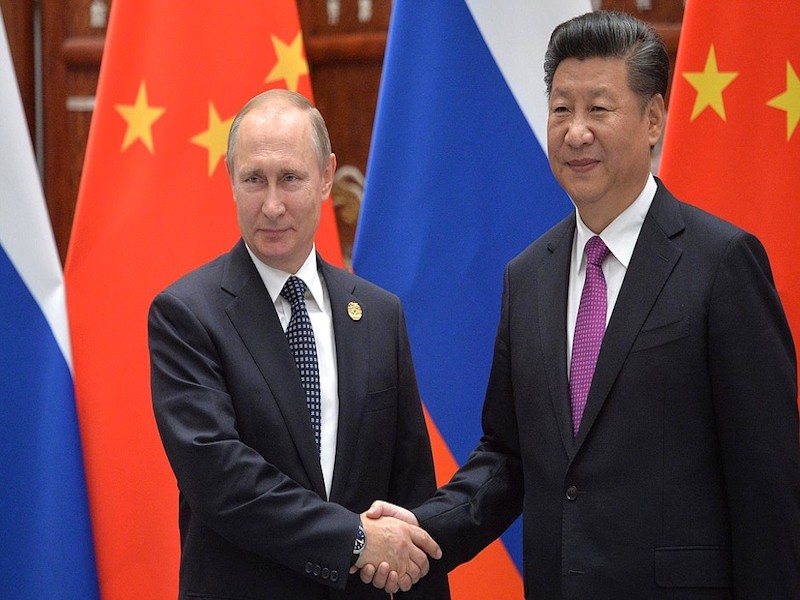Even as Canada commemorated the end of World War One (WW1) on November 11th, many aspects of its involvement in the conflict remain little-known among everyday Canadians. This Remembrance Day was a perfect opportunity to gain a broader perspective of the Canadian contribution during the conflict. Here are ten facts about Canada’s involvement in the Great War:
- Canada fielded a mostly volunteer force.
Over the course of the Great War, the Canadian Expeditionary Force (CEF) comprised 630,000 service members, of whom 530,000 were volunteers, while 100,000 were conscripts. Out of this grand total, 425,000 deployed to Europe. Established in 1915, the Canadian Corps became the CEF’s primary fighting formation on the Western Front and reached a total strength of 100,000 men by late 1916.
- Canadians were trailblazers in air warfare.
By 1918, almost 25% of Royal Air Force pilots came from Canada. Among those Canadian aviators, many went on to become aces by shooting down at least five enemy aircraft. These include William Bishop, who ended up as the top ace of the British Empire, with 72 kills by the war’s end. Among other aces from Canada, Captain Roy Brown is credited for downing Germany’s top fighter pilot, Manfred Von Richthofen (a.k.a. “The Red Baron”), in 1918.
- Francis Pegahmagabow, a First Nations member, became the best sniper of the war.
Francis Pegahmagabow, from the Shawanaga Nation, joined the Canadian Army in 1914 and shipped out to the Western Front shortly thereafter. Throughout the war, he acted as a runner in charge of relaying messages between various units, as telephone lines were vulnerable to being cut. In addition to being a messenger, he was a sharpshooter tasked with reconnaissance missions in no man’s land. By the Armistice, he was regarded as the most prolific sniper of WW1, with 378 kills to his record. For his combat prowess and bravery during the war, he was awarded the Military Medal three times, making him the most decorated member of the First Nations in Canadian military history.
- Canada was an innovation powerhouse.
During WW1, Canadian academia contributed to the war effort by undertaking R&D that would give the Allies a technological edge over the Central Powers. For instance, McGill University Physicist J.A. Gray perfected sound-ranging techniques that would be used by Canadian artillerymen to locate and destroy German gun positions. With financial support from Ottawa, University of Toronto physician John Fitzgerald conducted research that would speed up the production of tetanus antitoxins, which would ultimately save countless wounded Canadian and other Allied servicemen.
- The Canadian Railway Troops were integral to the war effort.
Considered the unsung heroes of WW1, the Canadian Railway Troops (CRT) consisted of pre-war railway workers who built and maintained the rail network to ferry supplies and men across the Western Front’s British sector. Thanks to their unparalleled expertise in rapidly building rail lines through the Canadian wilderness in peacetime, CRT troops were able to construct 2.5 miles of tracks in a 16-hour workday, including 4 bridges and 16 culverts. Their engineering prowess contributed to the final victory of British Imperial Forces, who were better supplied than their German counterparts.
- The Newfoundland Regiment became The “Royal” Newfoundland Regiment.
When Newfoundland was still a British dominion that was not part of the Canadian Confederation, its government fielded and deployed its own regiment to the Western Front. On the first day of the Battle of the Somme, in the summer of 1916, the Newfoundland Regiment lost 90% of its men in the opening hours to ferocious German machine gun fire. Out of 801 servicemen in total, only 68 answered “present” to the roll call the next day. For its extraordinary bravery despite heavy losses, King George V bestowed on the regiment the royal prefix, hence its becoming the Royal Newfoundland Regiment. This was the only time during WW1 when the British monarch awarded such a privilege to an outfit of British Imperial Forces.
- Second battle of Ypres: Canada’s first taste of battle
The CEF’s baptism of fire occurred during the Second Battle of Ypres, in Belgium, in the spring of 1915, where Germany used poison gas on a large scale for the first time in history, to soften Allied positions before an offensive. Suffering heavy losses against this new weapon, French-Algerian troops fell back while the Germans rushed into the newly created gap in the Allied line. Inexperienced Canadian units succeeded in holding the line despite continued German pushes and gas attacks. Allied Supreme Commander Ferdinand Foch called the Canadian defence at the Second Battle of Ypres the greatest act of the war.
- The Battle of Vimy Ridge was Canada’s second “birth” as a nation.
In April 1917, all four divisions of the Canadian Corps fought together during the Battle of Vimy Ridge in Northern France. The Canadians succeeded in capturing an important ridge dominating the Douai Plain. While the battle didn’t yield a strategic victory for the Allies, it would ignite national pride in Canada and would cement the reputation of the Canadian Corps as one of the best Allied units.
- Canadians spearheaded The Hundred Days Offensive.
The Canadian Corps under the command of Canadian General Arthur Currie took a leading role in delivering the knockout punch against the German Army in the Allied Hundred Days Offensive between October and November 1918. The Canadians effectively coordinated artillery, infantry, armored vehicles, and planes to break the back of the German army over a wide front. This made Canada one the pioneers in combined arms tactics that would become prevalent in World War Two and subsequent conflicts. Throughout the campaign, the 100,000-strong Canadian Corps dealt with 25% of the German army while the more numerous British and French forces handled the rest.
- World War One facilitated a gradual path to Canadian independence.
In recognition for its significant contribution to the Allied war effort on the Western Front, Canada was granted a separate seat at the 1919 Treaty of Versailles by the UK, alongside other dominions including Australia, New Zealand and South Africa. By giving Ottawa greater autonomy in the conduct of foreign affairs, this development put Canada on a gradual path towards full independence, which would be achieved following WW2.
Photo: A helicopter from 430 Tactical Helicopter Squadron lands near the Canadian National Vimy Memorial where members of 430 Tactical Helicopter Squadron participate in a commemorative parade in Givenchy-en-Gohelle, France (2021) by Corporal Geneviève Beaulieu via Flickr. Photo courtesy of the Canadian Forces Combat Camera, Department of National Defence.
Disclaimer: Any views or opinions expressed in articles are solely those of the authors and do not necessarily represent the views of the NATO Association of Canada.




